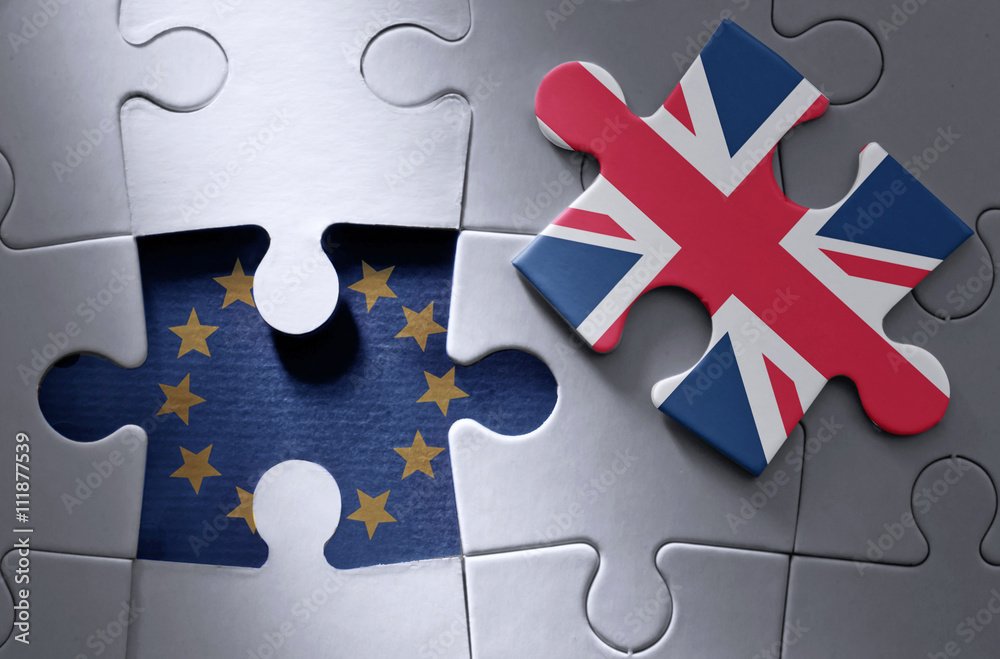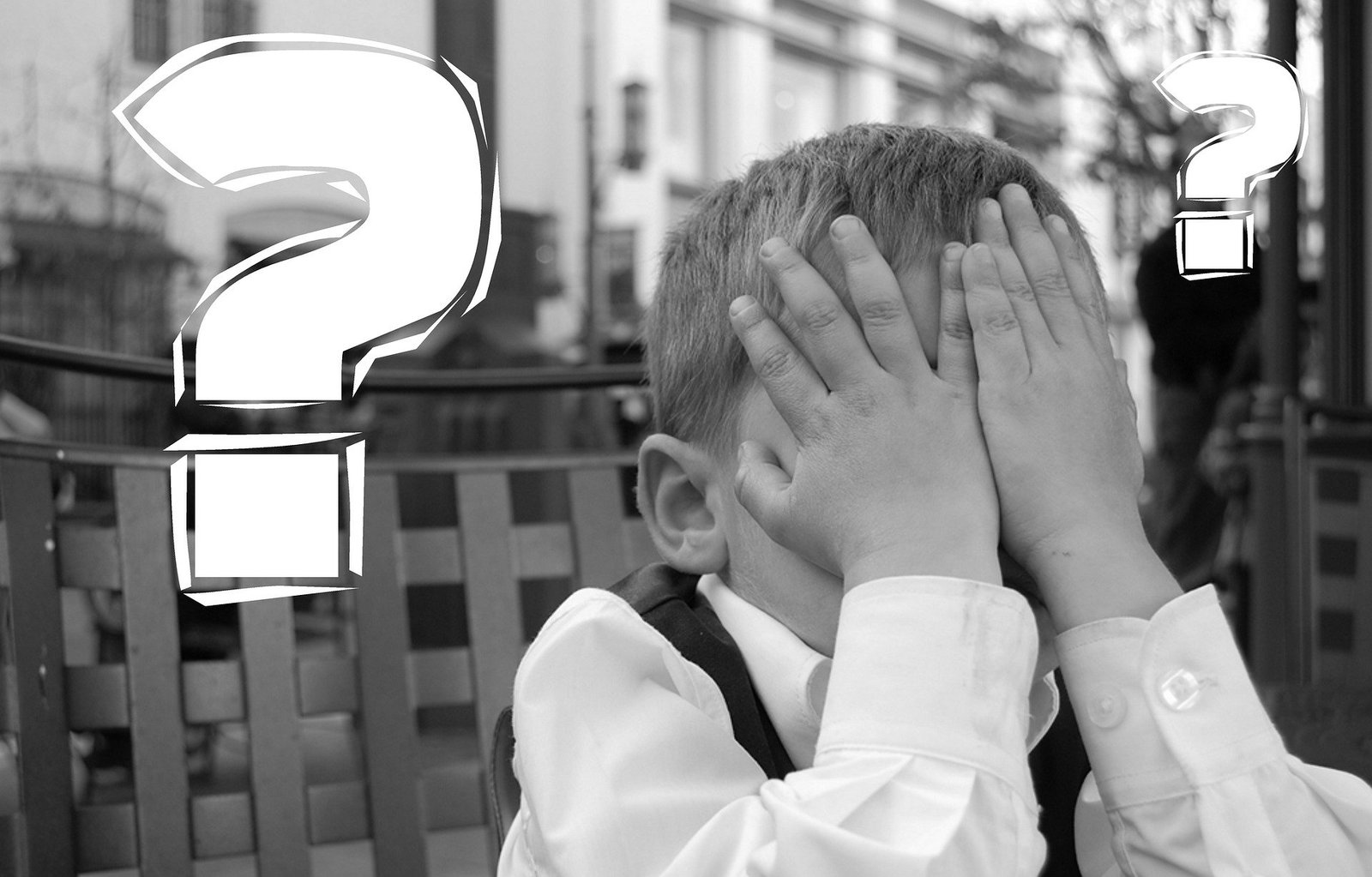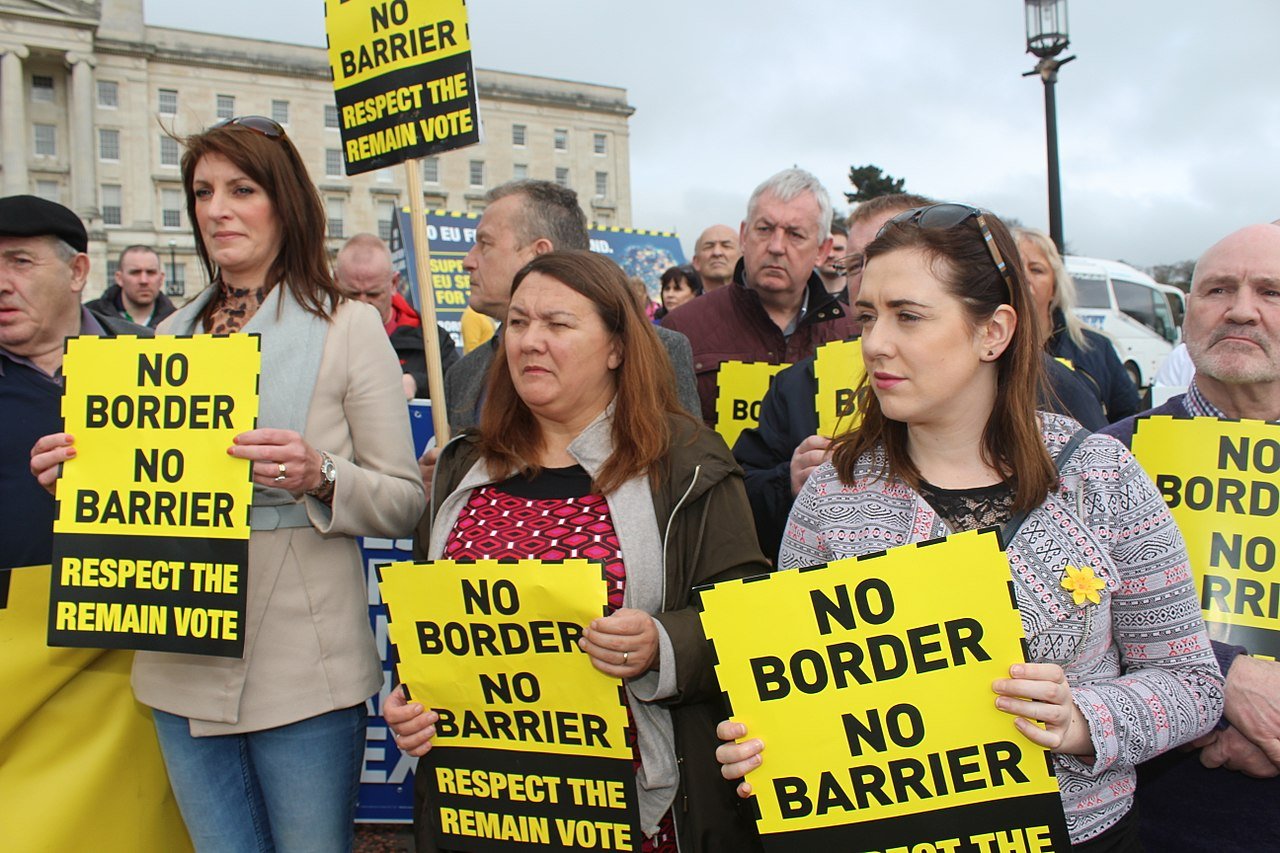What’s behind renewed tensions over the Northern Ireland Border? Tracey Woodward from Reiss Edwards explains.
In recent weeks, old tensions have been renewed on the border in Northern Ireland. Following several nights of violence, including the use of petrol bombs, stones, and other weapons against the police, the US White House expressed its concern. White House spokesperson, Jen Psaki, stated, “We are concerned by the violence in Northern Ireland”. She reiterated that US President Joe Biden is “steadfast” in his support for a “secure and prosperous Northern Ireland in which all communities have a voice and enjoy the gains of the hard-won peace”. In this article, we will take a look at the recent rioting in Northern Ireland and explore its possible causes.
Rioting in is ‘worst seen in Northern Ireland in years’
According to the Police Service of Northern Ireland (PSNI), the sheer scale and level of violence on the border in Northern Ireland in recent days is worse than it has been for a number of years. Dozens of police officers have been seriously injured by large groups of predominantly young people throwing petrol bombs and other weapons. Police have attempted to control the rioting by using water cannons, dogs, and armoured cars. Despite the warnings to disperse, youths have continued to cause unrest in several loyalist areas across Northern Ireland.
Justice Minister, Naomi Long, expressing her concerns at the rioting, stated, “Utterly reckless and depressing to see more violence at interface areas tonight. My heart goes out to those living in the area who are living with this fear and disturbance. This needs to stop now before lives are lost”.
As of the time of writing, there had been seven consecutive nights of rioting.
What is happening in Northern Ireland?
Much of the violence in Northern Ireland to date has been centred in loyalist (the term used to describe those who are ‘loyal’ to the UK and against a united Ireland) areas, especially Carrickfergus and Newtonabbey. It appears that the majority of rioters are young people acting in groups of around 20. Some of those taking part in the rioting are believed to be as young as 12. According to the Telegraph, the young people on the front line are being manipulated by gangs and organised criminals. In some cases, adults have appeared to cheer on young people taking part in the rioting.
Why has violence flared up again in Northern Ireland?
It is likely that there is no one cause of the current violence in Northern Ireland. Younger people who have grown up with parents who were active participants in ‘the Troubles’ between the 1960s and the 1990s are being encouraged to pick up where they left off. An assessment by the Telegraph suggests that there are multiple triggers for the rioting.
Many loyalists in Northern Ireland are angry at the implementation of the ‘Northern Ireland Protocol’ as part of the Brexit process. The Protocol which came into force on 1st January 2021 and was designed to protect the Northern Ireland peace deal (referred to as the ‘Good Friday Agreement’) by keeping the land border open between the two sides. When the whole island was in the EU, there was little need for immigration control checks at the border. The way around this was to have goods that arrive from the UK in Northern Ireland checked at ports before proceeding across the border into Ireland. This avoided the need for physical checks at the border. In February, port checks were suspended for a temporary period following “sinister” threats to customs officials. Loyalists in Northern Ireland are especially against the new checking regime as they do not want to see the country being treated differently from the rest of the UK. One loyalist group, the Loyalist Communities Council (LCC), even wrote to Boris Johnson to withdraw its support for the Good Friday Agreement that is the agreement that protects the rights of Northern Irish people to see themselves as an Irish or British Citizen or both. As such, the new regulatory border down the Irish sea, in the view of unionists, has undermined the place of Northern Ireland within the Union.
There are several other factors that may have exacerbated tensions on the border with Northern Ireland, including a recent funeral which was attended by 24 Sinn Fein politicians in Belfast during the recent pandemic lockdown. The anger was caused because no action was taken, stoking concerns by hard-line loyalists of preferential treatment for republicans.
The PSNI itself is also coming under criticism for stoking tensions, in part due to how it handled the Sinn Fein funeral. Many have accused Chief Constable Simon Byrne of running a “two-tier” policing system in Northern Ireland and have called for him to resign.
Adding all of this together, a wider perception has grown in loyalist circles that they have been given a “raw deal”. Long term under-investment in Northern Ireland and deprivation, especially in working-class loyalist areas of the country, has exacerbated this belief.
Another piece of the jig-saw is the ongoing existence of paramilitary gangs and organised criminals who continue to operate in Northern Ireland. Furthermore, unionist politicians, including DUP leader Arlene Foster have been accused of adding to tensions due to their responses to the funeral and the Protocol. The concerns are that Ms Foster has been unwilling to meet with senior police officials, in particular Mr Byrne, during the current period of heightened violence and tensions. She has also been a critic of the Protocol, recently stating, “We could see what was going to happen because of the European Union are very legalistic, and they always go down to the nth degree in terms of what they need to do to protect their single market…What we have is a completely disproportionate situation where trade between Great Britain and Northern Ireland has been severely disrupted”.
Final words
Politicians in Westminster will need to think carefully about how they proceed in light of the renewed tensions in Northern Ireland. Whether Brexit has caused the unrest or it acted as one of many catalysts in the context of ongoing tensions, a real understanding of the political drivers and how to overcome these will be needed to bring back calm to the region.
Tracey Woodward writes for Reiss Edwards.







Article Discussion